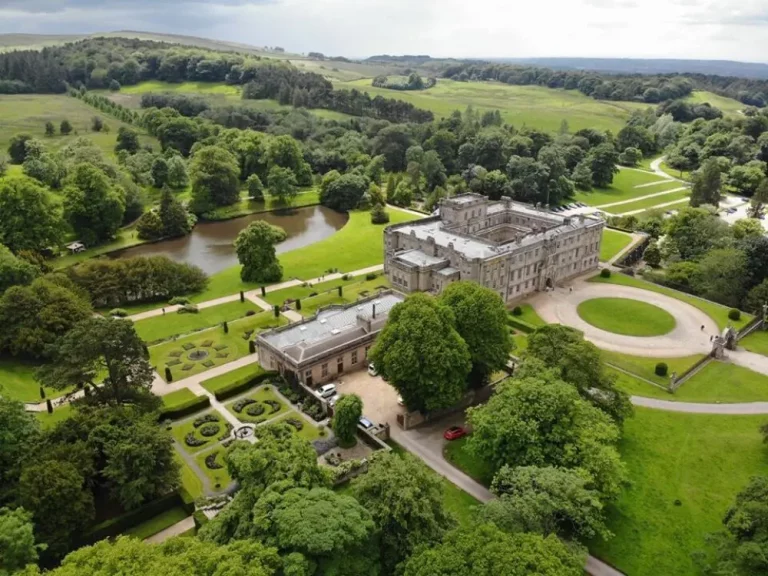 As one of the best preserved medieval cities in Europe, there is an endless amount of things to do in Prague. The entire city center listed as a UNESCO world heritage site and from the moment you arrive, you are instantly struck by the overwhelming medieval Gothic architecture that seemingly has no end.
As one of the best preserved medieval cities in Europe, there is an endless amount of things to do in Prague. The entire city center listed as a UNESCO world heritage site and from the moment you arrive, you are instantly struck by the overwhelming medieval Gothic architecture that seemingly has no end.
Every street and tiny alleyway you traverse seems to lead to more incredible marvels. The types of things you run into in Prague range from beautiful cathedrals, world-renown museums, to underground ice bars.
Share this article
1) Prague Castle
Dating back to the 9th century, Prague castle is officially the largest castle in the world. Although you can’t actually tour much of the castle (as it is still in use by government officials) you can awe at the castle’s magnificent size, peruse the castle gardens, and scope out the ancient cathedral of St. Vitus on the castle mount.
Golden Lane is an ancient street within the Castle complex also worth seeing. Golden Lane dates from the 15th Century and has a beautiful, olden world quaintness about it. To enter, visitors must purchase a Prague Castle Historic Buildings Ticket, which includes admission to other parts of the castle.
Tip: If you have more than a few days in Prague, I recommend a boat tour. It’s well worth the cheap price offering unparalleled views of Prague castle and cityscape.
 2) Charles Bridge
2) Charles Bridge
Once the only crossing over the Vltava river connecting Prague castle to the Old Town, Charles Bridge serves as one of the only surviving gated bridges in Europe. The bridge is lined with dozens of old Christian statues and imagery, offering a great view of the castle and surrounding cityscape.
At night the bridge is a quiet place, but during the day it changes into a bustling venue with painters, owners of kiosks, and vendors alongside numerous tourists crossing the bridge.
Tip: I recommend spending at least one night down on the river. Walk a long the river near the Charles Bridge and you will find countless great restaurants and good spots at views of the lit up city.
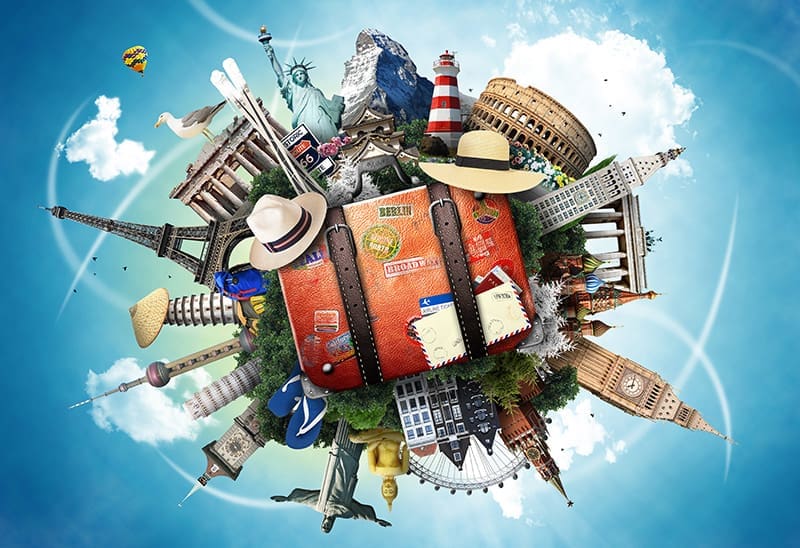
Explore Prague
Take a free virtual vacation to Prague from the comfort of your couch.
 3) Old Town Square
3) Old Town Square
Prague’s old district is the hub of the city center, and the place where the city sees its most visitors. Definitely a tourist trap, the Old Town Square is encased by some of Prague’s neatest monuments.
Once you’ve taken enough pictures to satisfy your Facebook album I would recommend moving on as there is nothing overly exciting about this part of town other than its Gothic architecture.
 4) Astronomical Clock
4) Astronomical Clock
One thing the Old Town Square does have, besides its Gothic architecture, is Prague’s Astronomical Clock. As the world’s first astronomical clock, it has become the most visited attraction in Prague. A famous feature of the clock that draws millions of tourists every year is the hourly song and dance the four statues on the clock do every hour.
It’s nothing more than a few head nods and body turns, but in the Medieval period that was quite a show! It’s actually quite funny to see the great disappointment by the huge crowds that mass around the clock waiting for it to strike the hour and unleash the world famous show. In fact this became such a problem for the city’s tourist board that they added a few trumpet players at the top of the tower to spice things up.
 5) Lennon Wall
5) Lennon Wall
A section of wall in the Lesser Town (near the foot of Prague castle) with imagery of John Lennon and lyrics from the Beatles. The wall started as a silent protest to the Communist regime and began to irritate the authorities after the wall was continually re-painted when taken down. It’s a neat sight and a humbling reminder of the tyranny of oppression.
6) Wenceslas Square
A popular shopping boulevard of Prague lined with restaurants, cafes, bars. This square was the site of many of Prague’s historical events over the last 100, including The Velvet Revolution, which led to the collapse of Communism in the country in 1989. The street also has some fine examples of Art Nouveau.
 7) Jewish Quarter
7) Jewish Quarter
A district of Prague near the Old Town which used to serve as the Jewish ghetto’s during WWII. Actually, Hitler gave orders for this quarter to remain intact after the war because when the Jews were exterminated he wanted a ‘living museum’ of an extinct race.
Terrible I know. But, history always serves to teach us these important lessons. The district houses the 13th century ‘New Old Synagogue’, which is the oldest surviving Gothic hall type of its kind.
 8) The Dancing House
8) The Dancing House
A unique modern design constructed in 1992, it was originally named Fred and Ginger because of its resemblance to two dancers. Its unusual shape was controversial at the time, but apparently locals have grown to like it. It’s interesting at least, like many other sites in Prague.
 9) Strahov Monastery
9) Strahov Monastery
Founded in 1140, the monastery is famous not only for its beautiful architecture and tranquil setting, but also for its magnificent library that contains books which are more than a thousand years old.
The name Strahov is derived from the Czech word “strahovat”, to stand guard, and the Monastery was near the path leading to the prince’s castle, at a site where guards stood watch.
What are the best local pubs?
Where some great off-the-beaten-path spots?
Guidester can help plan your best trip from your first flight to your last night!
 10) Urination Fountain
10) Urination Fountain
Not really sure the history behind this lovely fountain, but it was a hilarious thing to stumble upon. Apparently, you can text a number that will spell your name in the water. Located just around the corner from the John Lennon wall.
 11) Petrin Hill
11) Petrin Hill
The hill is nearly completely covered in parks, has great views of the city, and houses some interesting as well. One of those sights is the Observation Tower, which is actually a mini Eiffel Tower created in the competition with Paris for cultural dominance.
 12) Infant Jesus of Prague
12) Infant Jesus of Prague
The Infant Jesus of Prague or Child of Prague is a 16th-century Roman Catholic wax-coated wooden statue of child Jesus holding a globus cruciger, located in the Discalced Carmelite Church of Our Lady Victorious in Malá Strana.
Get a personalized digital travel guide for Europe, curated by locals. It downloads to your phone and offers top recommendations for each destination.
Guidester simplifies international travel by assisting you with itinerary planning, hotel and airfare bookings, and tours. We also help you avoid errors and common pitfalls.
Join the Guidester Founder on a hand-crafted small group tour, exploring off-the-beaten-path destinations and experiencing unforgettable adventures.
Local Food in Prague
Czech food largely consists of pork or beef meat with sauce and a side dish, the most common being dumplings. Dumplings are the Czech traditional side dish made from wheat or potato flour, boiled in water as a roll and then sliced served hot. Goulash is also a popular dish which consists of chicken, duck, turkey, fish, rabbit and lamb.
Czech beer is world famous. Beer is served almost everywhere in Prague, even in breakfast cafés. Pilsner Urquell is the best known Czech beer. Brewed in the Czech town of Plzeň, this is the original Pils beer from which all golden beers the world over are derived.
Then there is Staropramen from Prague and Budvar, the most widely exported Czech beer. Called Budweiser in German, Budvar is the name of which is also used by an unrelated American brew (there has been legal wrangling over the use of the name for decades).
Culture Guide to Prague
Quick Info:
- Czech Republic is on the Koruna, or Crown, symbol (Kč). The exchange rate is about $1 USD to 20 Kč.
- Depending on which country you’re coming from, your money should take you a long way in Prague. Unless you’re in tourist areas, food is cheap, beer is cheap (around a $1.50 a beer), and most attractions are as well.
Getting Around:
- Public transit closes around midnight, so if you’re out and relying on the underground or tram then plan on a cab or walk home if you’re out late.
- Cab drivers will try and screw you. Always pre-negotiate a fare before taking off because cabbies will often jack up the prices on tourists. Don’t let them jerk you around!
Safety:
- Be weary of pickpockets. Charles Bridge and other very tourist places in Prague are known for heavy pick-pocketing so when in crowded areas just hold on to your stuff. Other than this petty theft I felt Prague was a very safe place.
Fun Facts About Prague
- Prague is historically renown for a practice called Defenestration- or the act of throwing someone from a window- as punishment for crimes and other offenses.
- Per person the people of Prague consume more alcohol than any other European city.
- The city has a large number of cathedrals converted into bars and clubs.
Download 10 Crucial Things To Do Before Traveling Abroad to help plan your next adventure; packing tips, getting foreign currency, finding the right adapters, phone plans, and more!
A Brief History
Prague has an extremely vibrant and varying history from its 1,200 year existence. The city has experienced periods of great prosperity, as well as extreme poverty and deprivation. Being a celtic settlement since the B.C’s, Prague didn’t see any permanent buildings until the creation of Prague castle in the 800’s A.D.
Beginning in the 14th century Prague became the cultural and political center of Bohemia. Prague began to see great prosperity throughout the Hapsburg era in the 16th century. Yet, her fortunes saw dark days and for the next couple hundred years Prague saw a devastating mixture or war, plague, political dissent, revolution, and fire. But the city began to prosper again in the 18th century.
WWI, which ended the Austro-Hungarian Empire, saw the creation of Czechoslovakia with Prague as its new capital. During WWII the city was occupied by Hitler and declared a protectorate, however the people were defiant and fought back. Remarkably the city saw little overall damage compared to other European cities as a result of the war.
After WWII most of the German population fled and the city came under the control of the Soviet Union. True to their character, the Czech’s were defiant and resisted Soviet control over their freedoms and fought underground campaigns against the regime (including the famous Lenon Wall).
In 1993 Czechoslovakia split and two states were formed; the Czech Republic and Slovakia. Prague became the capitol of the newly formed Czech Republic and remains the cultural and political hub of the country.

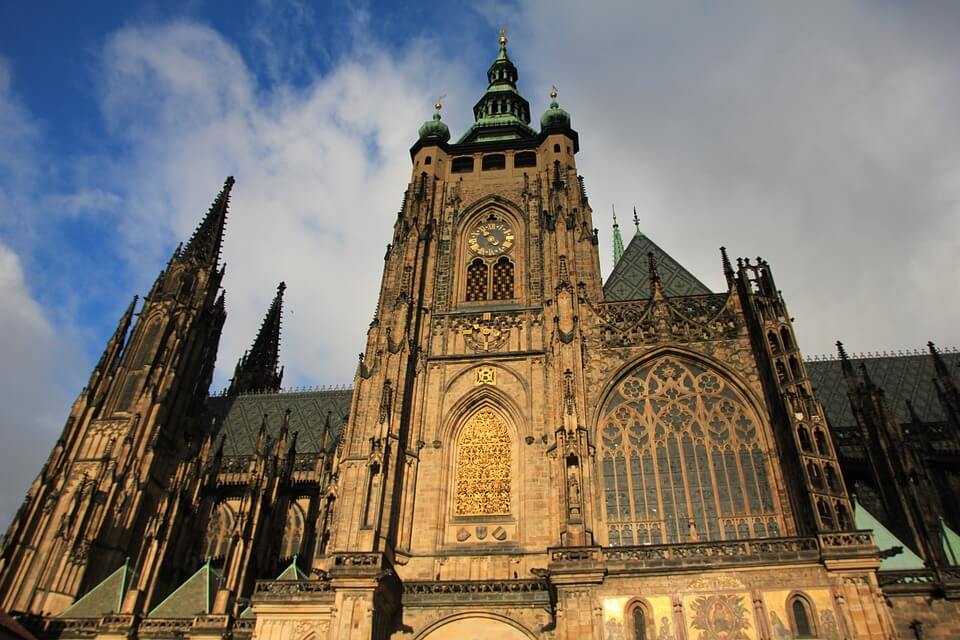
 2) Charles Bridge
2) Charles Bridge 3) Old Town Square
3) Old Town Square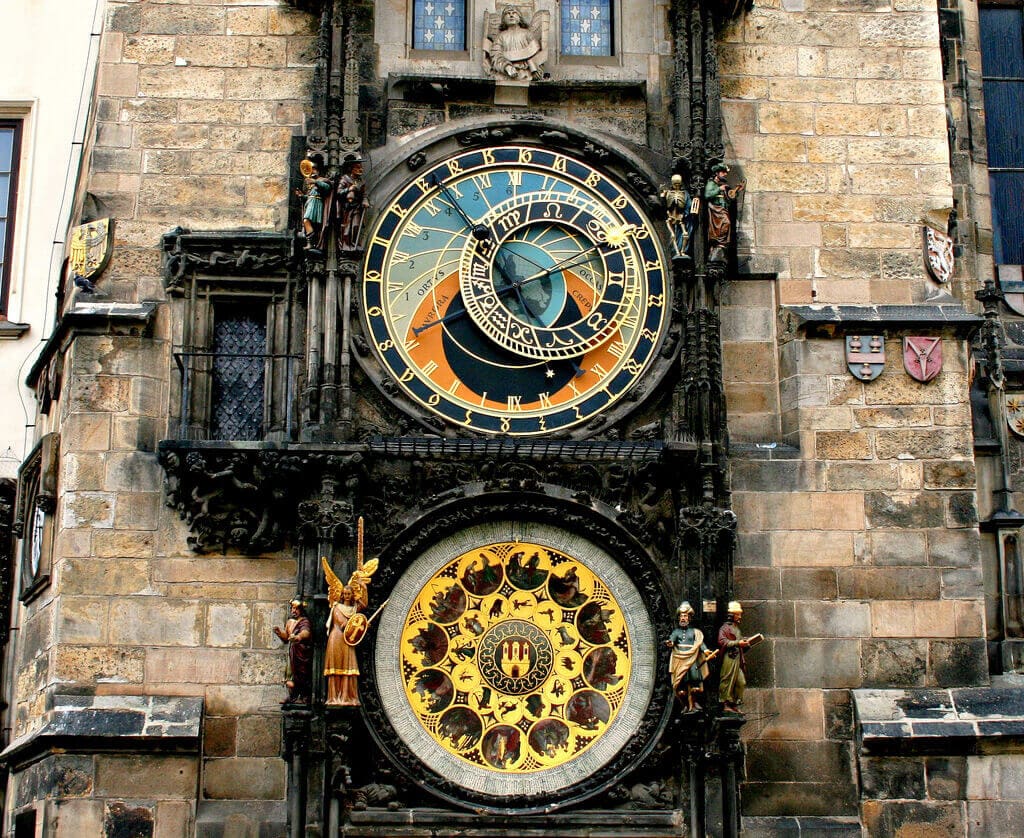 4) Astronomical Clock
4) Astronomical Clock 5) Lennon Wall
5) Lennon Wall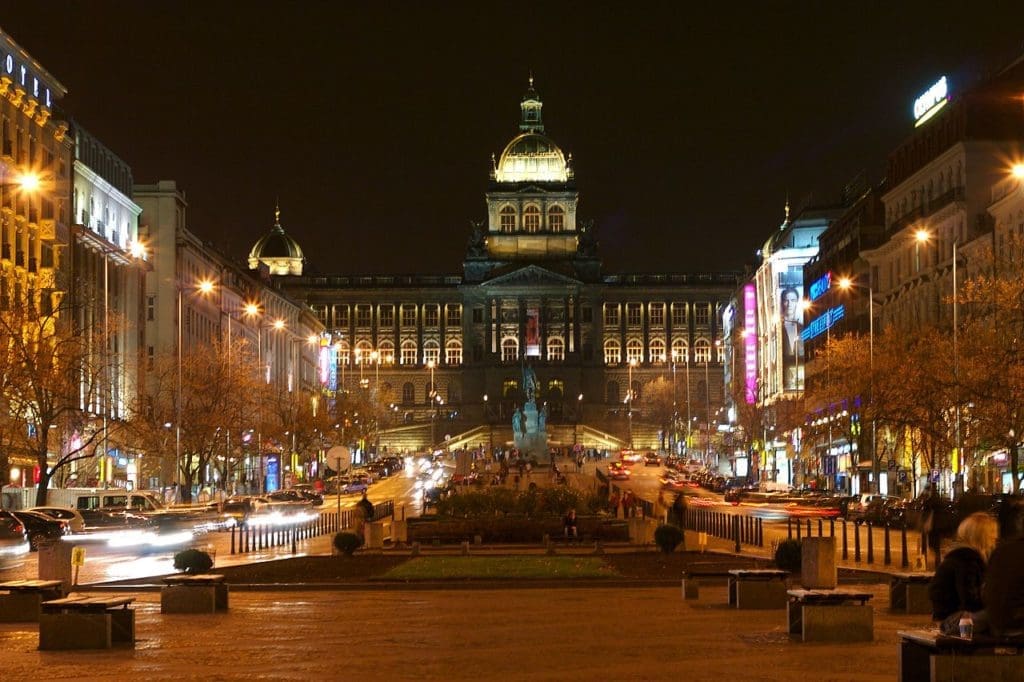
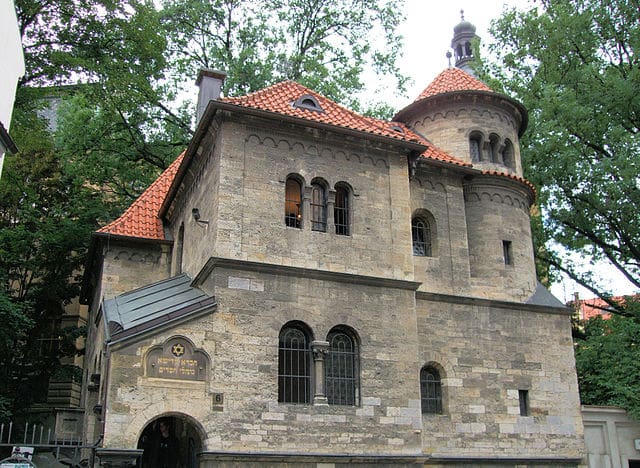 7) Jewish Quarter
7) Jewish Quarter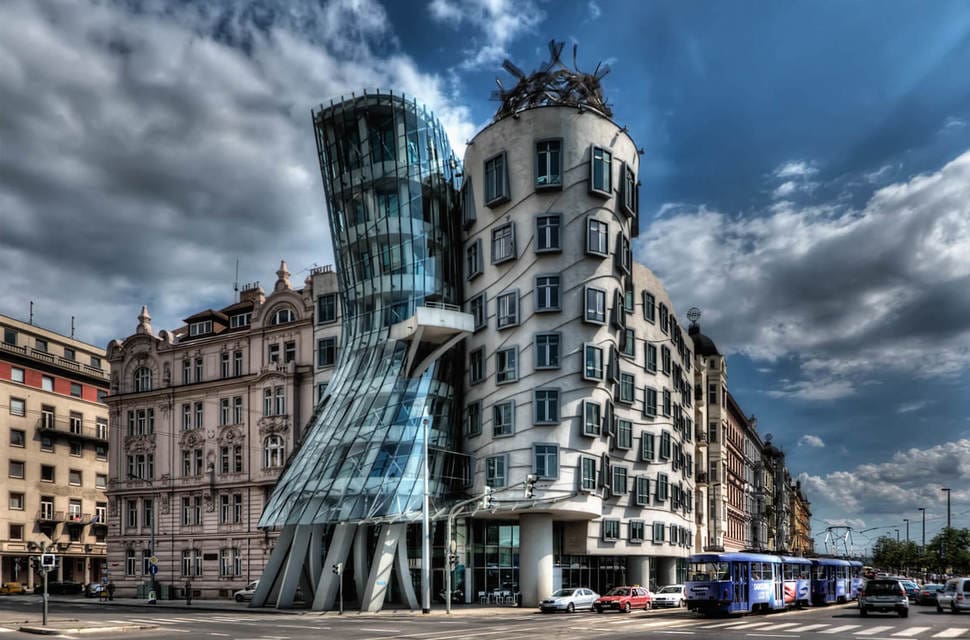 8) The Dancing House
8) The Dancing House 9) Strahov Monastery
9) Strahov Monastery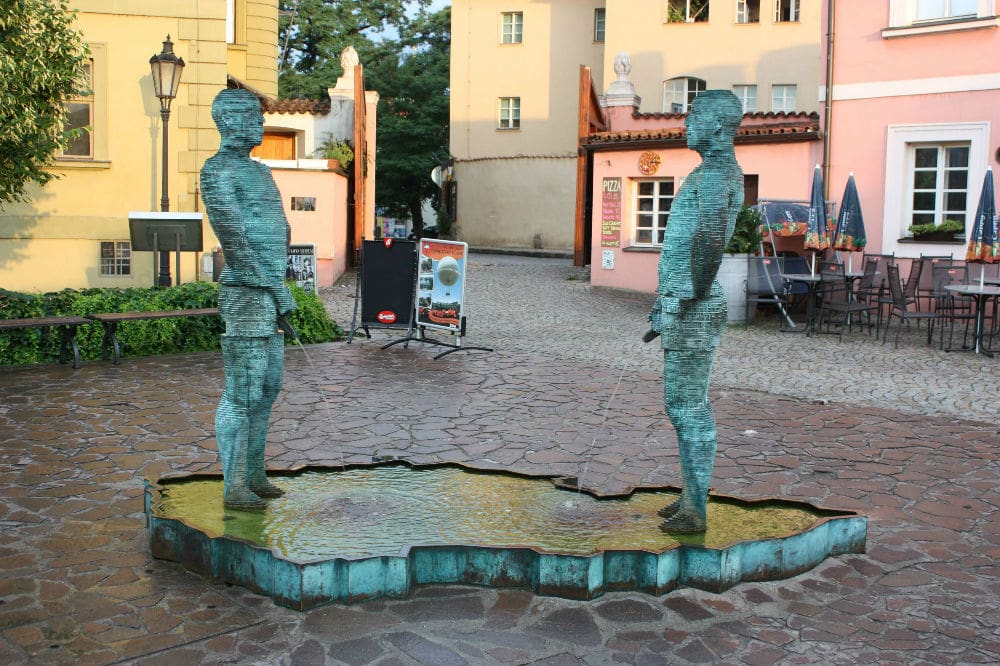 10) Urination Fountain
10) Urination Fountain 11) Petrin Hill
11) Petrin Hill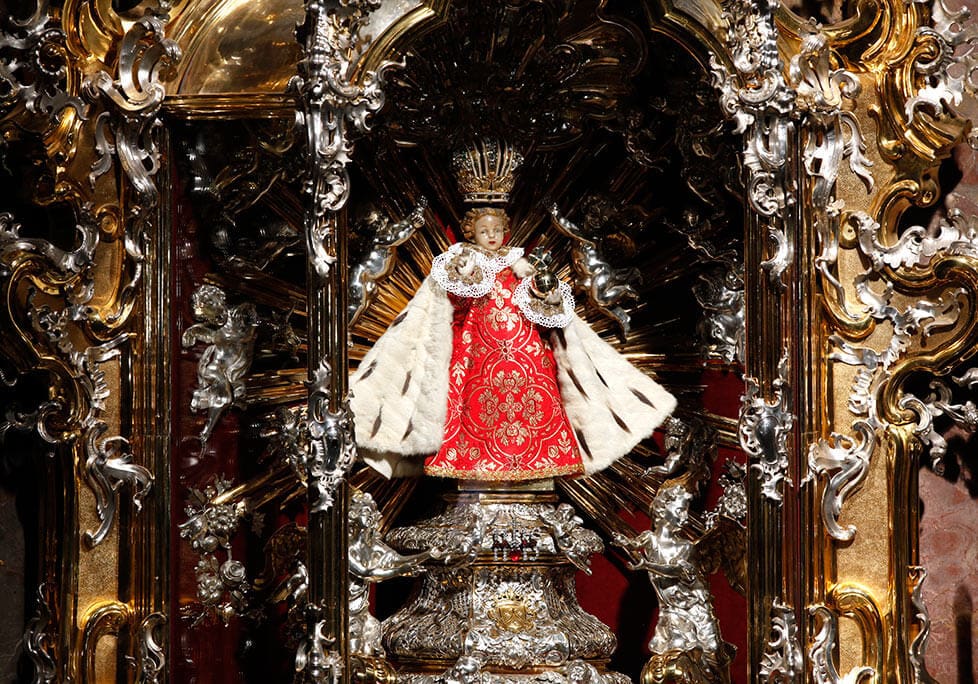 12) Infant Jesus of Prague
12) Infant Jesus of Prague
